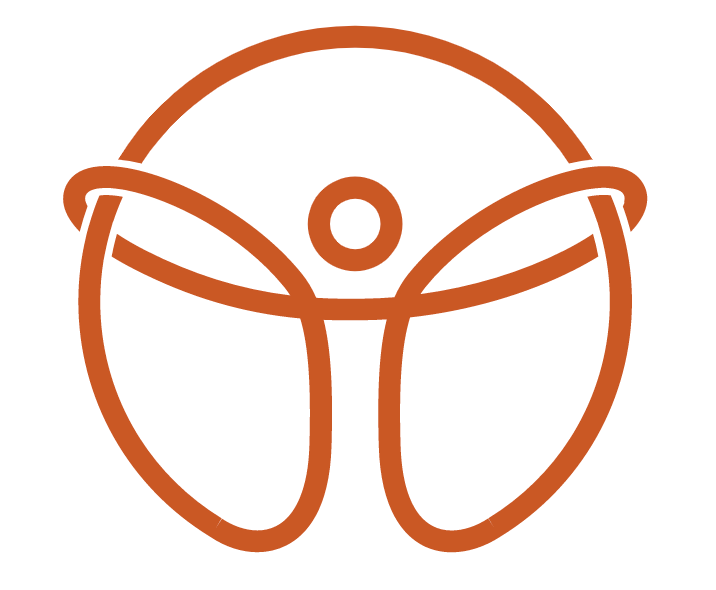The Importance of a Proper Running Warm-Up: Key Muscles, Injury Prevention, and When to Seek Help
Whether you’re a casual jogger or a competitive runner, a proper warm-up is essential for optimal performance and injury prevention. Many runners skip this crucial step, jumping straight into their workout without preparing their muscles and joints. Unfortunately, this can lead to common running-related injuries that could have been prevented.
In this blog, we’ll break down why a warm-up matters, the key muscle groups to target, the injuries it helps prevent, and when it’s time to see a sports chiropractor if pain persists despite warming up properly.
Why Is a Warm-Up Important for Runners?
A well-structured warm-up serves multiple purposes:
• Increases blood flow to the muscles, enhancing oxygen delivery and reducing stiffness.
• Improves joint mobility in the hips, knees, and ankles, which are essential for an efficient stride.
• Activates key muscle groups that stabilize your movement and reduce compensatory stress on joints.
• Enhances neuromuscular coordination, helping your body move more efficiently and react to uneven surfaces.
• Reduces injury risk by gradually increasing tissue flexibility and elasticity.
Skipping a warm-up can leave muscles tight, joints restricted, and movement patterns inefficient—leading to poor mechanics and a higher likelihood of strains, sprains, or other overuse injuries.
Key Muscle Groups to Target in a Running Warm-Up
An effective warm-up should focus on dynamic movement and activation of the major muscle groups used in running:
1. Hip Flexors and Glutes
• The hip flexors (iliopsoas, rectus femoris) control knee drive and stride length.
• The glutes (gluteus maximus and medius) stabilize the pelvis and generate power.
Exercises: High knees, walking lunges, glute bridges, lateral band walks
2. Hamstrings and Quadriceps
• The hamstrings help absorb impact and control knee extension.
• The quadriceps (especially the vastus medialis) assist with knee stability and propulsion
Exercises: Leg swings, butt kicks, dynamic hamstring sweeps
3. Calves and Achilles Tendon
• The gastrocnemius and soleus control push-off and shock absorption
• The Achilles tendon plays a key role in energy transfer
Exercises: Calf raises, pogo jumps, ankle circles
4. Core and Lower Back
• A strong core stabilizes the pelvis and prevents excessive movement that can lead to inefficiencies and injury
Exercises: Dead bugs, bird dogs, dynamic planks
Common Injuries a Proper Warm-Up Helps Prevent
A well-executed warm-up can significantly reduce the likelihood of these common running injuries:
1. Runner’s Knee (Patellofemoral Pain Syndrome)
Weak or inactive glutes and quads can lead to poor tracking of the kneecap, resulting in pain. Proper activation of these muscles helps stabilize the knee.
2. Achilles Tendinitis
A lack of calf mobility and strength can lead to excessive strain on the Achilles tendon. Dynamic calf stretches and light plyometric movements help prepare the tendon for impact.
3. Shin Splints
Tight calves and weak anterior tibialis muscles contribute to shin splints. A warm-up that includes ankle mobility and tibialis activation can help prevent them.
4. Hamstring Strains
Sudden acceleration without a proper warm-up can cause hamstring injuries. Dynamic stretching and activation reduce the risk.
5. IT Band Syndrome
Poor hip stability can lead to excessive strain on the iliotibial (IT) band. Glute and core activation exercises help keep the pelvis stable.
When to See a Sports Chiropractor
While a proper warm-up can prevent many injuries, it won’t fix underlying biomechanical issues or existing pain. If you’re experiencing any of the following despite warming up properly, it may be time to see a sports chiropractor:
• Persistent pain during or after running that doesn’t improve with rest
• Recurring injuries despite following a structured training program
• Limited range of motion or stiffness that affects your stride.
• Pain that worsens with activity, such as knee pain that intensifies the longer you run
• Imbalances or asymmetries, such as one side feeling weaker or tighter than the other
As sports chiropractors, we assess movement patterns, joint function, and muscle imbalances to identify the root cause of pain or dysfunction. Treatment may include:
• Dry Needling – To release deep trigger points and improve muscle function
• Active Release Technique (ART) – To address soft tissue restrictions that limit mobility.
• Spinal and Extremity Adjustments – To restore proper joint motion and mechanics
• Rehabilitation Exercises – To correct muscle imbalances and improve running efficiency
A proper warm-up is a small investment of time that can make a big difference in injury prevention and performance. By focusing on key muscle groups and movement patterns, runners can reduce strain on joints, improve efficiency, and avoid common overuse injuries.
However, if pain persists despite a proper warm-up, don’t ignore it. Seeking care from a sports chiropractor can help address underlying issues and keep you running strong.
If you’re dealing with nagging pain or want to improve your running biomechanics, schedule an appointment here today!

